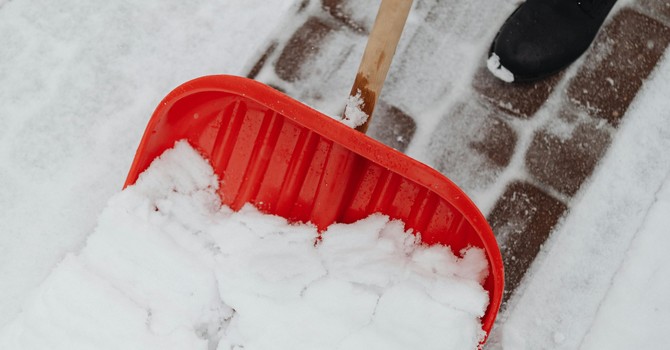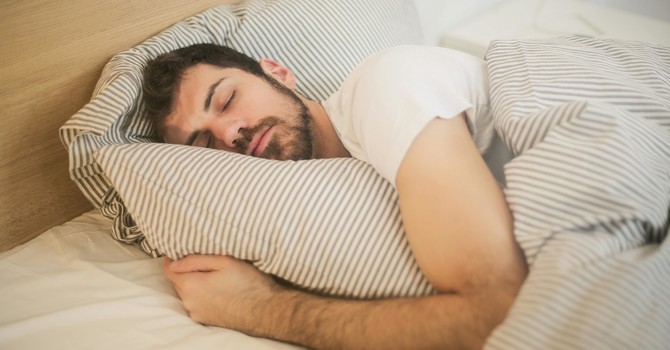
Many in the Rochester, NY area will at one time suffer from knee pain. Unfortunately, the first solution people tend to try is attempting to block the pain with over-the-counter medications, prescription drugs, or even steroid injections. Due to the side effects some of these options can produce, it is a better idea to try more conservative treatments first. There are many biomechanical problems that can be the cause of knee pain. With so many muscles contributing to the knee's movement while walking or running, it is easy for one to become problematic and affect the joint’s function. While medications do help cover up the pain, fixing the underlying condition will keep the pain away forever.
To help understand how a biomechanical problem can cause knee pain, let's first talk about the anatomy of the knee. The knee joint is made up of three bones, the femur, the tibia, and the patella, that work together to produce motion of the leg. The patella, or knee cap, glides over the joint to allow for smooth motion to occur. Most knee pain is caused by abnormal gliding of the knee cap. A muscle imbalance can pull the patella against one of the sides of the grove and cause wear and tear on both the bones and cartilage. There are three reasons the knee cap may be gliding abnormally.
- Quadriceps imbalance: The quadriceps are 4 separate muscles in the front of the thigh. Each individual muscle connects to the kneecap in a different spot and will pull in unison to extend the leg. It is possible through improper biomechanics that one of the quad muscles can become weaker than the others and cause uneven pulling on the knee cap. The inner quad muscle, vastus medialis, is the most common to be weak causing the knee cap to be pulled more along the outside grove.
- Flat feet: As you walk, the arch in your foot will keep the tibia (the lower bone in the leg) straight and aligned properly with the knee. The arch is held up by muscles in the calf. If these muscles weaken, the arch won’t hold up from the weight of the body on the foot. With flattening arches, the tibia will rotate to one side and pull the knee cap out of alignment. Mild rotation is tolerable but excess rotation found with chronic arch drop will cause the kneecap to glide along the outside grove.
- Weak Hip Muscles: The femur (the upper bone in the leg) needs to be held in a stable position in order to maintain proper alignment of the kneecap. Hip and thigh muscles that are weaker will cause the femur to improperly rotate while walking or running. Over rotation of the femur will cause the knee cap to glide against the inside grove in the joint.
It is easy to go about your daily life and not know these biomechanical changes are taking place. The first warning sign that anything is wrong may actually be knee pain. Here at Rush-Henrietta Family Chiropractic, we have been trained to identify any muscle imbalances that may be causing knee pain. Our Rochester chiropractors use specific tests to determine which muscles may be the root of the problem. Once identified, both the symptoms and cause of the pain are treated together. If you are feeling knee pain, give us a call to schedule your appointment.



